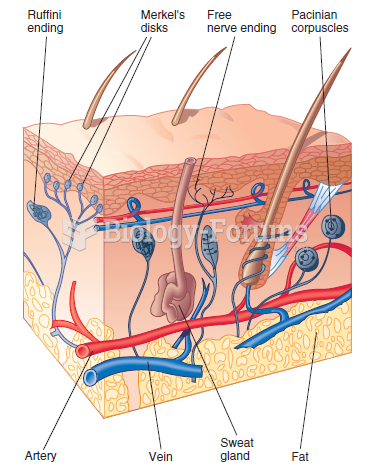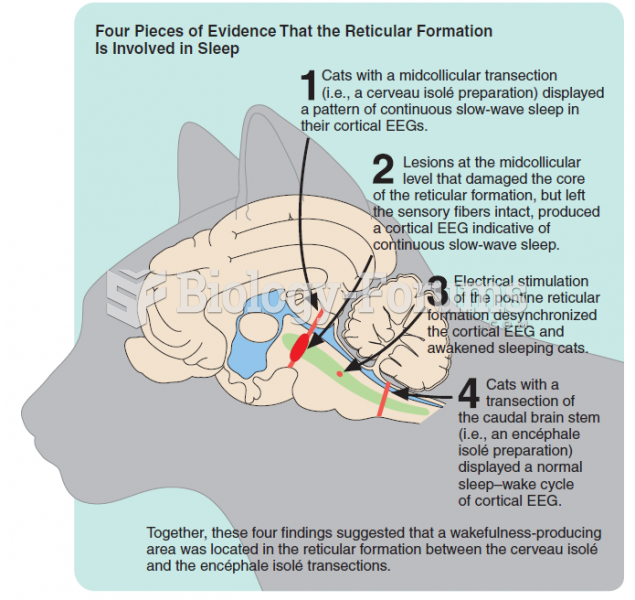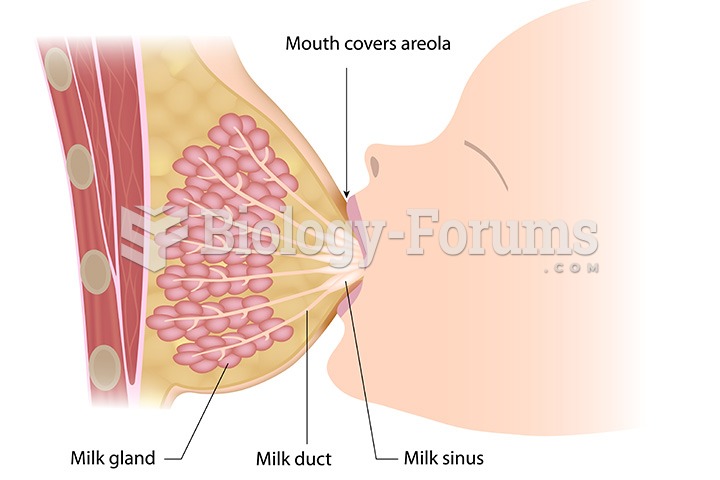The _____ of DNA can occur when items of evidence are incorrectly placed in contact with each other during packaging.
Fill in the blank(s) with the appropriate word(s).
Question 2
Megan Morris was charged with manslaughter in conjunction with the death of a child, Romeo, whom she babysat. She maintained that Romeo accidentally hit his head on a bed guardrail.
At about 2:00 p.m. one afternoon, Morris, her fianc, and her mother went to the police station at the request of the police for interviews. In an interview room, Morris was told she was not under arrest, was free to leave, and was given no Miranda warnings. She maintained her story to a lieutenant and left after 20 minutes. She began to walk home but a police captain went to her in the parking lot and told her that he wanted to resolve the case. They spoke in the parking lot and police station lobby for about thirty minutes. She was not read Miranda warnings. The captain then led Morris to an interview room and conducted a recorded interview from 4:55 p.m. to 5:45 p.m. No Miranda warnings were issued. In response to questions, Morris replied that no promises were made to her. She again went to the lobby to wait for her fianc. During the second interview the captain asked, Okay, have I promised you anything? Morris responded, Only that I could go home. At the conclusion of this statement, the captain said, Have I ever told you, you couldn't leave? Morris responded, No, but you said it was in my best interest to a Court footnote noted that she surely meant in her best interest not to.
A sergeant present during the second interview, approached Morris and requested a third interview. They went to an interview room where Morris was told she was not under arrest and was free to leave, but he did not advise of her of her Miranda rights. The sergeant and Morris talked from 5:50 p.m. to 6:30 p.m. He told her that based on the autopsy reports, there was no way that the child's head wound had been accidentally inflicted. Morris then said she struck Romeo in the back of the head with her fist. At 6:34 p.m., Morris was given Miranda warnings for the first time, signed a waiver form and gave a recorded statement, at 7:00 p.m., in which she reiterated that she had become frustrated with Romeo's crying and had struck him on the back of the head with her fist. After giving this statement, Morris was allowed to leave the police station. She was arrested the next day.
1) Was Morris under custodial interrogation during the third interview? (2) Was Morris's confession admissible under Seibert v. Missouri (2004)?
What will be an ideal response?







